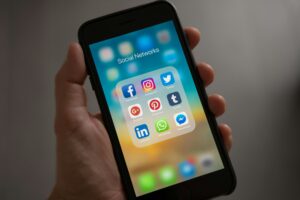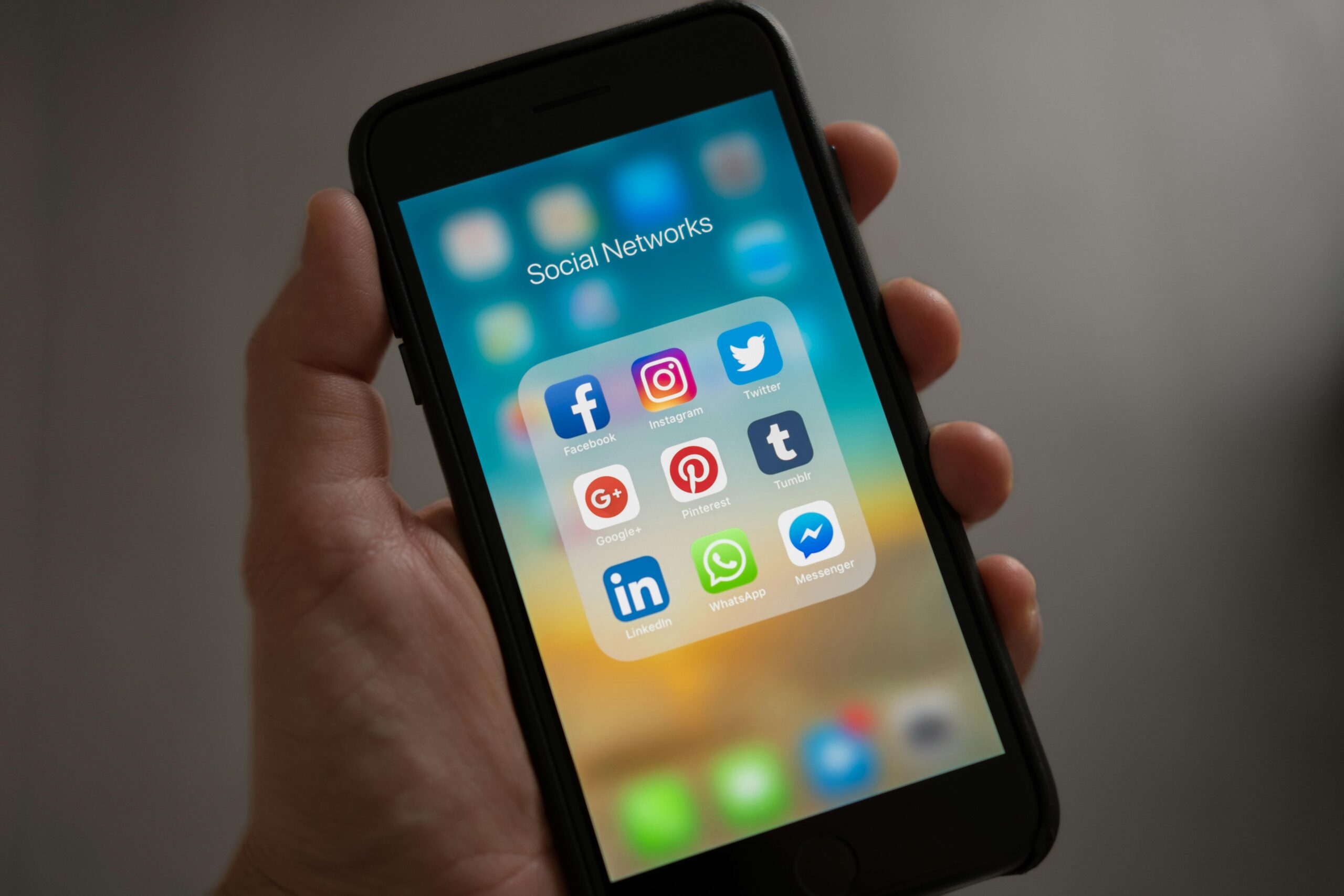
It can feel like nothing. Perhaps a tinge of hopelessness, a feeling of lethargy and despair, just not one large enough to be unmasked. In February, the news broke that Russia had launched a military invasion of Ukraine — the most significant conflict in Europe since World War II. As with most news, I learned about the invasion through Twitter, having little reaction to the words and headlines I read. Isn’t this just another day of terrible news? Admitting this to a friend, who seemed to understand the feeling, I found myself embarrassed by such a confession. How many others, if any, felt the same way? And what was triggering such a reaction?
Students on campus have seemingly come to a general consensus. “I think, at a certain point, if it’s something that your brain is trying to protect you from, the less reactive you are to it,” said Sara Flores, a 21-year-old student at New York University. “There’s a sort of dehumanization that happens when you get your news. News is supposed to be fast. There’s not a lot of time to see the people who are affected.”
Numerous articles and data demonstrate the effects that constant online media consumption has on the brain, whether that is shorter attention spans, impacts on memory, or just an overall decrease in self-confidence. What we view — and how we view it — impacts our daily lives. So is it improbable that the amount of news and tragedy we see is also altering our reactions and responses to it? And what type of media might be causing these changes?
“There’s fight, flight, and frozen,” said Mary Joye, a licensed mental health counselor and certified trauma professional in Florida. “Flight is when people are just desensitized and don’t care; frozen is ‘do nothing and just hope this ends’; and the fight mode is ‘do whatever we need to do to fix it right away.’ Everybody is in a trauma response, a fear, which releases adrenaline and cortisol. Everybody is in this fear mode, so people are becoming frozen or desensitized.”
The COVID-19 crisis — now in its third year — is a pertinent microcosm of this concept. Researchers have conducted recent studies on the correlation between desensitization and pandemic-related articles on Twitter, concluding that, early in the pandemic, the level of anxiety increased while reading them. However, as death tolls rose, news articles lost their ability to elicit anxiety from readers.
“We were not surprised to find that people are becoming desensitized to the impact of scary news,” said Hannah Stevens, one of the authors of the study. “We see this frequently with research investigating desensitization to violence in media, including death.”
But for Angelina Ayad, 20, another student at NYU, it was the opposite. “My mom would rattle off crazy statistics,” Ayad said. “And the more she would tell me the more it became apocalyptic.” She noticed a pattern in the news cycle: “An issue is raised and gains a lot of traction, and then it fizzles out. It’s almost like it has become a trend, which is unfortunate.”
Tragedy becoming a trend is not uncommon in the internet age. People are often consuming violent media of some kind. Most recently, for example, there has been upheaval about Netflix’s new series, Monster: The Jeffrey Dahmer Story, an interpretation of the life of infamous serial killer Jeffrey Dahmer. An article in The Daily Beast mentioned the upset of the victims’ families after the recent uptick in people dressing as Dahmer for Halloween. The families begged the public to refrain from dressing like the killer.
Another topic of discussion has been the impact of true crime podcasts. A recent Distractify article discusses the debate the public is having on the medium’s morality, listing podcasters who have sponsorships throughout their videos and YouTubers who narrate tragic events while applying makeup. Media has seemingly blurred the lines of what we can morally enjoy.
Joye warns people to beware crossing the line between information and entertainment. “Especially if someone is depressed, I’ll ask them what they are watching on TV. If they tell me they’re watching anything with crime or murder, I tell them to lighten it up,” Joye explained.“We are what we watch, not just what we eat, so watch what you watch.”
A decrease in empathy occurs amongst those exposed to high levels of violence, according to a study that had participants watch 11 minutes of high violence on television while testing their emotional and physiological responses. Interestingly, it was not the repetitive television violence itself that led to the participants’ decrease in blood pressure. Rather, it was if the participant had previously been exposed to violence in real life.
How and what should we be allowed to interact with is a topic of consistent debate. Social media sites like Twitter have regulations that prohibit certain content or create content warnings. But is it enough?
“I remember seeing a video of a beheading in middle school,” said Flores. “I didn’t even want to. A kid in my class just showed it to me.”
Back in 2020, during the height of the Black Lives Matter movement, there became a growing exhaustion from those outside the community. It was referred to as “allyship fatigue,” or tiredness from fighting injustice. An article in BlackYouth Project explored the concept, saying, “What we feel is beyond bodily fatigue, it’s spiritual collapse. We have no choice but to feel it and to keep pushing through it for our own survival and with hope that we can one day thrive.”
What solutions exist, if any? According to Stevens, there is no one-size-fits-all to a problem as vast as desensitization.
“We need to think of new ways of communicating with the public,” she said. “Desensitization is an emotional process; not all appeals to change behavior are rooted in emotion.”
Perhaps we can start by acknowledging that the news we see is real human stories. But that’ll take changing how we view the news itself. “It’s not entertainment,” Joye said. “It’s people.”








